Origin of the family
That the Mortimer family of Hatfield Peverel, Essex were originally from Devon is without a doubt. The names of the early generations bear a very close resemblance to the Mortimers of Bow, and Mark Mortimer even mentions his property in Bow in his will dated 1685. Mark’s brother, Peter Mortimer, was born in 1630, Bow. The description of Mark Mortimer’s family begins here.
Mark Mortimer of London (c.1625-1685)
Mark Mortimer was born in Bow, Devon, in the mid 1620s, an elder son of John Mortimer, yeoman, and his wife Charity, nee Discombe, who married in 1620. He was presumably apprenticed in London around the year 1640, and became a grocer. He evidently achieved significant success in the grocery trade and built up his fortune, acquiring property in London and Hertfordshire. He married Abigail Walmesley, 3 Oct 1651, in St Ann & St Agnes parish, London. Their children were John c.1656 and Peter b. 1661. Mark Mortimer’s heir was his son John, as all other children died young. He made a will 4 Jun 1685, mentioning his wife Abigail, John his son, Peter his brother, and Peter’s two sons. He mentioned property he had in Bow, Devon, and left money to the poor of the parish of Bow.
John Mortimer of Toppinghoe Hall
John Mortimer was born in the mid 1650s, named after his paternal grandfather John Mortimer of Bow. He was brought up in London or nearby and received a commercial education. He entered into the mercantile profession and became a prosperous merchant in London. In 1685, he inherited considerable property from his father Mark Mortimer, a grocer. He invested in property by buying the country estate of Topping Hall, Hatfield Peverel in 1693.

Title page of ‘The Whole Art of Husbandry’ 1707, by John Mortimer
John Mortimer wrote about a wide variety of topics, particularly agriculture. His best known work being ‘The Whole of Art of Husbandry’, published in 1707. The work consisted of 15 books in one volume, forming a “landmark in agricultural literature”. Mortimer continued to be cited in agricultural research for over two hundred years and his legacy was to be considered as one of the foremost agriculturalists of his time.
He married first in 1680, to Dorothy Cromwell, daughter of Richard Cromwell, and granddaughter of Oliver Cromwell, Lord Protector. She died childless the following year. He married secondly, 15 Jun 1682 in London to Sarah Tippets, daughter of Sir John Tippets. They had two children,
1. John (c.1684-bef.1736), who predeceased his father.
2. Margaret (c.1685-1761), who left a will dated 1760, which mentions her next of kin and their relationship.

Hatfield Peverel parish church
John’s wife Sarah died in the late 1680s. John married thirdly Elizabeth Sanders (c.1665-1736), a Derbyshire heiress, 20 Feb 1689 at Saint Vedast Foster Lane and Saint Michael Le Querlo Church, London. They had the following children:
3. Samuel Mortimer of Toppinghoe Hall (c.1692-1759), who died unmarried and without children. The estate passed to his nephew Hans Winthrop Mortimer.
4. Elizabeth c. 1695, who married in 1723 Dr Theophilus Lobb, (1678-1763), a physician and medical writer.
5. Thomas d.1699
6. Cromwell Mortimer (1702-1752), named after the his father’s first wife Dorothy Cromwell’s family. He was a physician and antiquary, and member of the Royal Society. He married Mary, and had a son:
i. Hans Winthrop Mortimer (1734-1807). He became a property speculator and MP, sitting in the Commons between 1775-1790. He became very wealthy, possessing an income of £6,000 a year and a fortune of £30,000.

Portrait of Hans Winthrop Mortimer, c.1790, by Joseph Wright of Derby

Caldwell Hall, Derbyshire
He sold the family estate of Toppinghoe Hall in 1768 and bought Caldwell Hall, Derbyshire, which remained his residence. Hans Winthrop Mortimer’s business ventures all ended in failure and he was driven into debt, even forced into debtors prison at the Fleet for a number of years. He married Ann and had the following children:
1. Anna Maria 1766
2. Harriet 1769
3. Hans Saunders Mortimer 1773-1846
4. Theodosia Frances Georgina 1775-1852, who married Valentine Green, 20 Jul 1796 St Pancras.
5. Charlotte Jemima 1777-1851, who married George Hanmer Leycester, 3 Aug 1796 St Pancras.
7. Mary 1703-1704
8. Thomas Mortimer (1706-1741), the youngest son of John Mortimer. He became principal secretary to Sir Joseph Jekyll, Master of the Rolls. He married a lady called Ann, and had a son and daughter:
i. Thomas Mortimer Esq 1730-1810
ii. Ann c.1733-, who married Thomas Willis, 31 Oct 1761, St Paul’s church Covent Garden, Middlesex. They had issue: Thomas Willis 1769, Ann Charlotta 1776, Ann Theodosia 1778-1854, & Elizabeth 1782.
Thomas Mortimer (1730-1810)
Thomas Mortimer was the only son of Thomas Mortimer, and was born 9 Dec 1730, Carey St., Lincoln’s Inn Fields, London. His father died when he was 10, and his mother died when he was 14. As minors, both Thomas and his sister Ann were left under the guardianship of John Baker of Spitalfields. He was sent to boarding school at Harrow, and then studied in a private academy. He learnt French and Italian and studied modern history.

Portrait of Thomas Mortimer, c.1755, by Allan Ramsey
Like his grandfather John Mortimer the agriculturalist, Thomas Mortimer became a well known writer, focusing on economic affairs. His longest work was ‘The British Plutarch’, published in 1762. He was made Vice-Consul for the Austrian Netherlands in 1762, on the recommendation of the Secretary of State. In 1768 he was dismissed from this post and returned to England to continue writing, also working as a private tutor. Mortimer’s publications included ‘Every Man his own Broker; or Guide to Exchange Alley’, published 1761, and ‘Dictionary of Trade and Commerce’, published 1766.
He married firstly Elizabeth Whiteman, 13 Jan 1752, in Isleworth, Middlesex. They had the following children born in London. Interestingly, both John and George Mortimer moved from London to Devon, their ancestral homeland.
1. Esther (c.1754-aft.1827), who married a Mr Taylor, and had issue:
i. Anna Maria Taylor c.1779-1854, who married firstly William Whitwick (1774-c.1812), 5 Nov 1798, Albrighton, Shropshire, and secondly William Castell-Damant (1774-1841), 25 Aug 1815 Tettenhall, Staffordshire.
ii. George Taylor, fl.1827
2. John Mortimer of Bideford, Esq. b.1756
3. Elizabeth (1758-aft.1827) who never married.
4. Thomas Whiteman Mortimer b.1760
5. Anna Maria c.1761, who married Robert Porett Esq. (c.1755-1844), and had issue: Robert 1783, Anna Maria 1785, Elizabeth Theodosia 1786, Julia 1788, Henry 1791, Caroline 1794, Jane Harriet 1796, Emma 1798 (who perhaps married a Mr Collier), Octavia 1800, Mary Gertrude 1802 (who married her cousin Robert Mortimer.
6. George Mortimer Esq c.1763-1833, who became a lieutenant in the Royal Marines. In 1791 he went on a voyage round the South Seas in HMS Mercury, commanded by John Cox, Esq., as part of a British and Swedish mission against Russia. He wrote an account of the voyage published in 1791. George Mortimer married a lady called Mary, but had no issue. He made a will dated 1833, mentioning his various relatives including cousins in the Willis family. He resided at Wellinghouse, otherwise called Sandy Park House, in Drewsteignton, Devon, where he died in 1833 or the following year.
Thomas’ wife Elizabeth died and Mortimer remarried to Louisa Brun, a spinster, 14th Aug 1793, St Marylebone, Westminster. They had the following children. Thomas Mortimer died 31 March 1810 in Clarendon Square, London.
7. Georgiana Maria 1801-1870, who married Edward William Tuson, 20 Nov 1827, St Pancras church, London.
8. William Henry Mortimer Esq. 1803-1887, who became a doctor in medicine, and practised as a surgeon and dentist. He married firstly Edith Mary Tuson, 7 May 1842, Bathwick St Mary, Somerset. They had two daughters:
i. Helen Edith Mortimer b.1848, who emigrated to Canada and married George Bridges
ii. Alice Mortimer b.1850.
His first wife Edith died and William remarried secondly to Emma Louisa Matthews (1849-1937), 19 Jan 1881, Sutton St Nicholas church, Surrey. William Henry Mortimer died 16 Aug 1887, Fernwood Sutton, Surrey. Probate was granted to his widow Emma Louisa, who survived him by another 50 years.
John Mortimer of Bideford, Esq. (1756- )
John was the eldest son of Thomas Mortimer Esq., a well known writer. He was baptised 31 May 1756, St Clement Danes, Westminster. He married Jane Ratcliffe, 11 Feb 1790, at St John the Evangelist church, Smith Square, London. They then moved to Bideford, Devon and had the following children born there.

Bideford town and bridge, antique engraving
1. John Henry Mortimer (1791-1827), who became a lieutenant of the Royal Marines. He married Susanna Daniel (1791-1868) on 14 Apr 1817, in her home parish of Lostwithiel, Cornwall.

Lostwithiel, Cornwall antique photograph
They had five daughters both in Lostwithiel, their youngest child and only son John was born in Plymouth. John Henry died shortly after the will of his uncle George Mortimer Esq., and was bur. 30 Nov 1827. His children with Susanna were:
i. Jane 1818-1883 m. William Wilkins Stancomb (1824-1908) in 1850 Clifton, Bristol
ii. Elizabeth 1819, m. John Samuel Snook (1814-1871) in 1840 Honiton, Devon
iii. Mary 1820-1871, m. Richard Mortimer Ellis (1825-1893), on 21 Jul 1859 in Ross on Wye, Herefordshire
iv. Susan 1821, named after her mother, m. Edward Hillborne (1826-bef.1881), on 5 Sep 1849 in Lostwithiel, Cornwall
v. Emma Ratcliffe 1823, who emigrated to New Zealand, and m. Cyrus Davie (1821-1871). She was named after her paternal grandmother Jane Ratcliffe.
vi. John Mortimer of Sidmouth 1826
2. George Mortimer of Sidmouth (1793-1864), who like his uncle and namesake became a lieutenant in the Royal Marines. He married Elizabeth, and had one son:
i. William Basset Mortimer (1836-1873), who studied at Pembroke College, Oxford from 19 Feb 1856. He graduated with BA 1862 and MA 1865. He married Alice Victoria Stephenson, 11 May 1865, Bath Holy Trinity church, Somerset, however William died childless in 1873.

Pembroke College, Oxford antique engraving
3. Thomas Mortimer of Braunton 1798-1866, who worked at the Civil Department of the Ordinance. He married and had children:
i. Elizabeth 1837
ii. Baker Porett Mortimer 1838-1854, named after his uncle Robert’s wife Mary Gertrude Porett.
iii. Thomas Willis Mortimer 1841-1899, who was a landowner and Annuitant in Braunton. He died without issue, and his heir was his nephew William Thomas Mortimer Hammond.
iv. Ann S. 1844
v. Emma 1846
4. Robert Mortimer of Barnstaple, a solicitor, who married his first cousin Mary Gertrude Porett (1802-1877).
John Mortimer I 1826-
John was born in Plymouth, and baptised 22 Nov 1826, St Charles the Martyr parish. His father died shortly after his first birthday, and his mother Susanna cared for the family. He was apprenticed to a druggist in Exeter, and achieved proficiency in the trade, then moving to Sidmouth.

Sidmouth, Devon antique illustration c. 18th century
He married Elizabeth Hillborne (1827-1912) 27 Jul 1852, in East Budleigh, Devon. Elizabeth was born 4 Oct 1827 into a landed family, her brother Edward Hillborne married Susan Mortimer (see above). A few years later the family moved to Bristol, then on to Christchurch, Gloucester, where John Mortimer continued to practice as a chemist and druggist. John Mortimer and Elizabeth his wife had the following children:
1. Harry Mortimer 1860-1937, clergyman of Bideford, m. Charlotte Guppy 1893, Falmouth, they had a son Tom Mortimer, clergyman (1896-1984)
2. Edward Mortimer 1862, a clerk in holy orders, m. Ellen Snell Maria Merrick (1866-1928), 28 Jul 1890, Bishopston, Gloucestershire, and they had the following seven children. Unusually all four sons of combat age survived the war.
i. William John Mortimer 1880-1970
ii. Stanley R. B. Mortimer 1889-
iii. Edward Granville Mortimer 1891-1971
iv. Violet Cicely Mortimer 1893-1979, m. Norman Bing Fookes 1888-1972, 1923 Somerset
v. Arthur Hillborne Mortimer 1895-1953
vi. Mary 1898
vii. Betty Christine Mortimer 1904-1990, a nurse, who m. Reginald A. Evans 1940, Bristol
3. John Mortimer II 1866, a bank manager, m. Florence Maud Mary Hartnell, 16 Sep 1895 Bristol, and they had the following children:
i. Lionel Mortimer 1897-1972
ii. Alan Hartnell Mortimer 1901-1965
iii. Norah Hillborne Mortimer 1902-1996, m. John Gerrish 9 Sep 1931.
iv. John Mortimer III b.1908
v. Prince Mortimer 1911
4. Lionel Mortimer 1868-1871
5. Arthur Mortimer 1870-1944
The family continues in the male line, through the sons of John Mortimer b. 1826. There are now many descendants of the family.
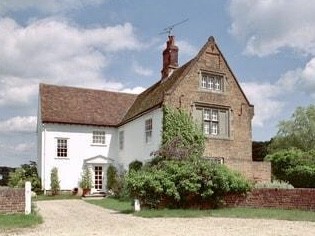
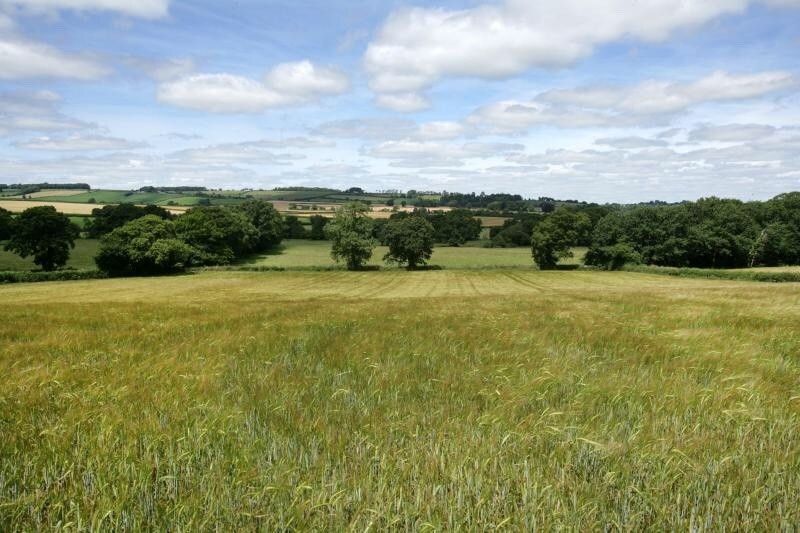
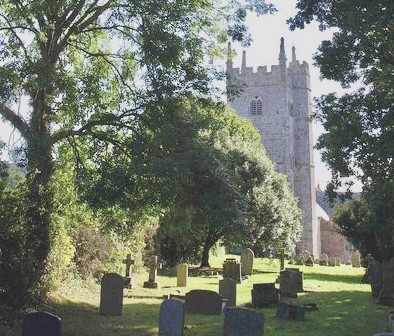
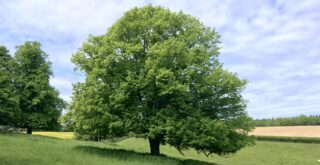

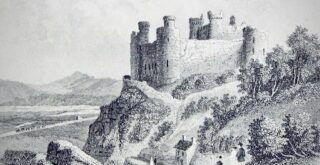
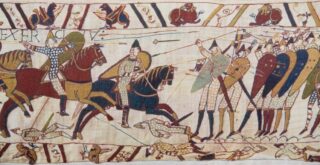
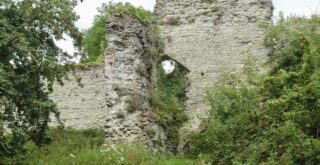
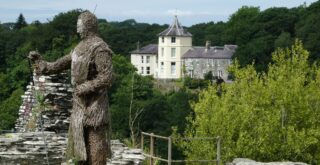
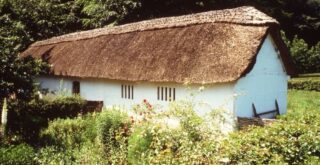
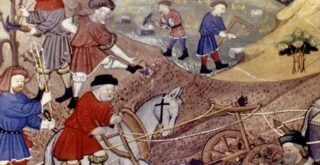
Recent Comments